National Folk Museum of Korea Children’s Museum (국립민속박물관 어린이박물관)
2.4Km 2019-03-18
37, Samcheong-ro, Jongno-gu, Seoul
+82-2-3704-4540, 4524
The Children’s Museum is a hands-on experience museum run by the National Folk Museum of Korea. A variety of visual aids and assembly models allow children to touch and feel pieces and experience folk history in an interactive way. The theme of the exhibitions consists of folk clothing, food, shelter, social life, and entertainment. The museum has a number of interactive spaces including a table set for an ancestral ritual, magnet miniatures depicting a baby’s first birthday, and an area where young visitors can build a folk house. Young learners can also create an avatar wearing in Hanbok, make kimchi using visual aids, or play gonu (a traditional board game). The museum also collects, preserves, and maintains relics and historical items related to youth and youth culture.
The Great Full Moon Festival (정월대보름 한마당)
2.4Km 2025-02-05
37 Samcheong-ro, Jongno-gu, Seoul
+82-2-3704-3106
The National Folk Museum is celebrating the first full moon of the Lunar new year, Jeongwol Daeboreum. A variety of experiences are prepared to eliminate bad luck and pray for prosperity and health. The event provides a chance for locals and tourists alike to learn more about the traditional culture of Korea.
Olive Young - CJ CheilJedang Center Branch [Tax Refund Shop] (올리브영 제일제당센터)
2.4Km 2024-04-22
330, Dongho-ro, Jung-gu, Seoul
-
Banyan Tree Club & Spa Seoul (반얀트리 클럽 앤 스파 서울)
2.4Km 2021-06-22
60, Jangchungdan-ro, Jung-gu, Seoul
+82-2-2250-8000
Banyan Tree Club & Spa Seoul is a membership club & hotel operated by Banyan Tree Hotel & Resort, Singapore’s top resort brand. The new urban resort is a place where visitors can enjoy quality spa services while taking in a panoramic view.
Located on Namsan Mountain in the center of Seoul, Banyan Tree Club & Spa Seoul consists of three buildings: the Club, the Hotel and the Festa. Facilities include an outdoor sports center and other luxurious amenities like an outdoor pool, 23 cabanas, a sauna, fitness center, driving range, tennis court, outdoor playing field, spa, and kids’ club. The hotel houses 34 suites with private relaxation pools, and 16 members-only club rooms. The two Presidential Suites located on the top floor offer a fantastic night view of Seoul and Namsan Mountain.
EPAIS (에페)
2.4Km 2021-03-19
31, Jong-ro 31-gil, Jongno-gu, Seoul
+82-2-747-8894
This is a Japanese cuisine located in Jongno, Seoul. The best menu at this restaurant is house-made pork loin cutlet. The favorite store of office workers.
Seodaemun Prison History Museum (서대문형무소역사관)
2.4Km 2024-12-02
251 Tongil-ro, Seodaemun-gu, Seoul
Seodaemun Prison was built under the Japanese administration to imprison independence movement activists. It first opened on October 21, 1908 under the name Gyeongseong Prison. Eventually, so many activists were imprisoned that the building had to be expanded. At that time, the name changed to Seodaemun Prison on September 3, 1912. Eighty years later, the prison was turned into Seodaemun Independence Park on August 15, 1992 to commemorate the Korean patriots who were tortured in prison, giving their lives for freedom. Of the many buildings, only seven were preserved for their historical significance, among which three prison buildings and the execution site were designated as a Historic Site. In 1998, the park underwent another transformation into today's Seodaemun Prison History Hall to educate the public on the importance of Korea's independence and the sacrifices of those who fought to achieve it.
Ramada Hotel Dongdaemun (라마다호텔 동대문)
2.4Km 2021-06-15
354, Dongho-ro, Jung-gu, Seoul
+82-2-2276-3500
Ramada Hotel Dongdaemun is a business hotel located in the heart of Seoul. It is located within a short walking distance from Dongdaemun History & Culture Park with many of Dongdaemun's major shopping centers close by. The hotel offers a conference room that can accommodate up to 20 people and a business center that caters to guests who are on a business trip. Guests can also take advantage of free Wi-Fi from their room.
Ca'del Lupo (까델루뽀)
2.4Km 2020-04-27
5-5, Jahamun-ro 16-gil, Jongno-gu, Seoul
+82-2-734-5233
Ca'del Lupo is an Italian restaurant, closely located to Paris Baguette in Hyoja-dong, Jongno-gu near Gyeongbokgung Palace Station. Though the restaurnat masters delicious homemade Italian cuisine on the inside, the exterior is wholly Korean. This unique combination of Hanok (traditional Korean house) style housing and Western foods is drawing a lot of people to Hyoja-dong. The great mix of both cultures can be seen in the sophisticated decorations and from the amazing food. The herbs they use are picked directly from the restaurant's personal garden. But to enjoy the atmosphere here, you will have to make a reservation far in advance.
OKIN PIZZA (옥인피자)
2.4Km 2021-03-19
26, Ogin-gil, Jongno-gu, Seoul
+82-2-737-9944
This is a Western cuisine located in Jongno, Seoul. The best menu at this restaurant is pizza. You can eat delicious pizza at hanok, a Korean traditional house.
Changdeokgung Injeongmun Gate (창덕궁 인정문)
2.4Km 2025-01-14
99, Yulgok-ro, Jongno-gu, Seoul
+82-2-3668-2300
Serving as the main gate of Injeongjeon Hall, Injeongmun Gate was established in 1405 (5th year of King Taejo’s reign during the Joseon dynasty). Later on, the gate was destroyed by multiple fires during the Imjin War (Japanese invasion of Korea in 1592), therefore current form of the establishment displays designs that are more often seen in the late 19th century's. In addition, a lot
of subsidary marks and buildings are removed from the original places and relocated passing the time, however, still remains to represent prestigious ambience.
Injeongmun Gate served as the place for several coronation ceremonies of kings, prince's succession of throne, and many other national affairs celebrated by the royal members who gathered and aligned around this gate.
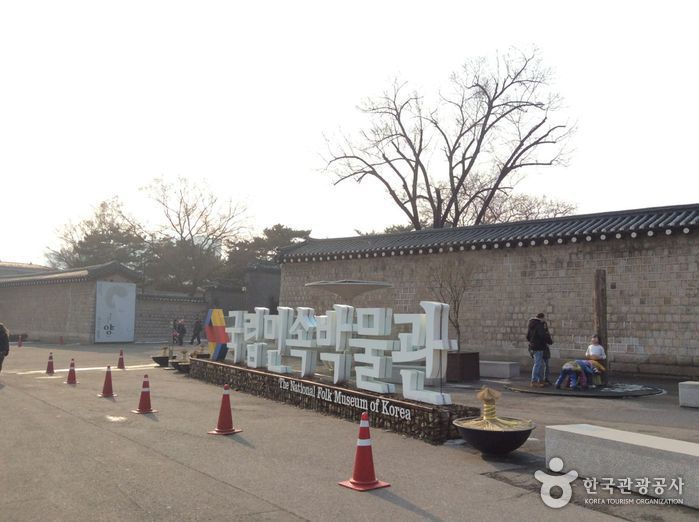
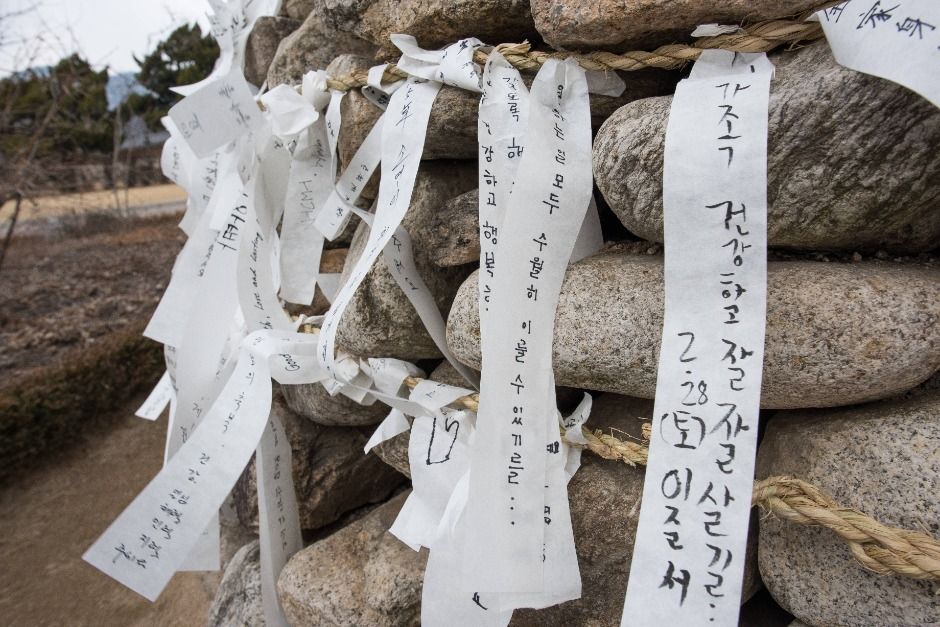
![Olive Young - CJ CheilJedang Center Branch [Tax Refund Shop] (올리브영 제일제당센터)](http://tong.visitkorea.or.kr/cms/resource/75/2878675_image2_1.jpg)
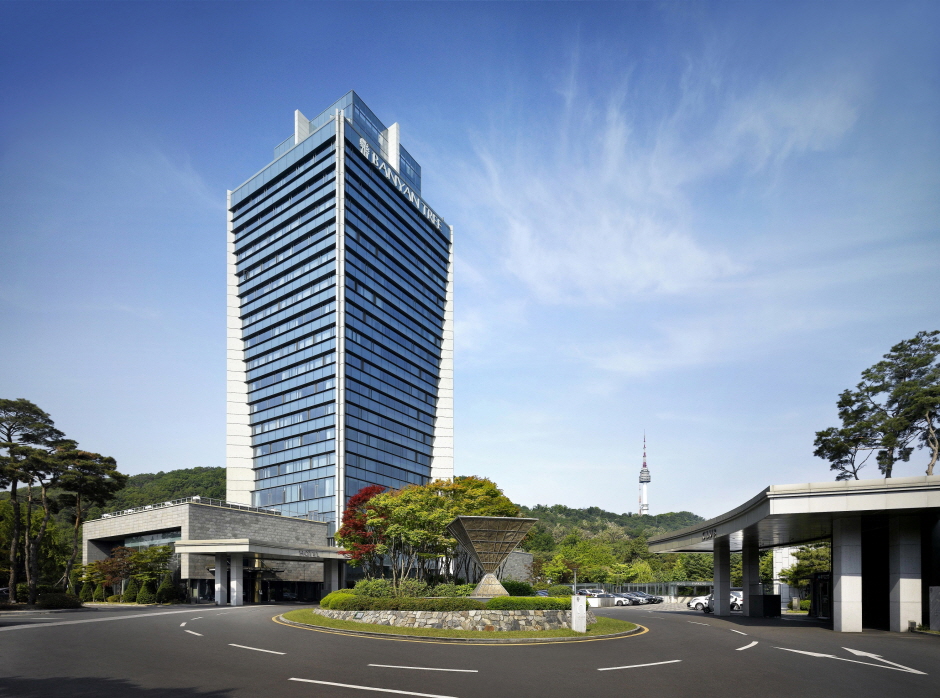
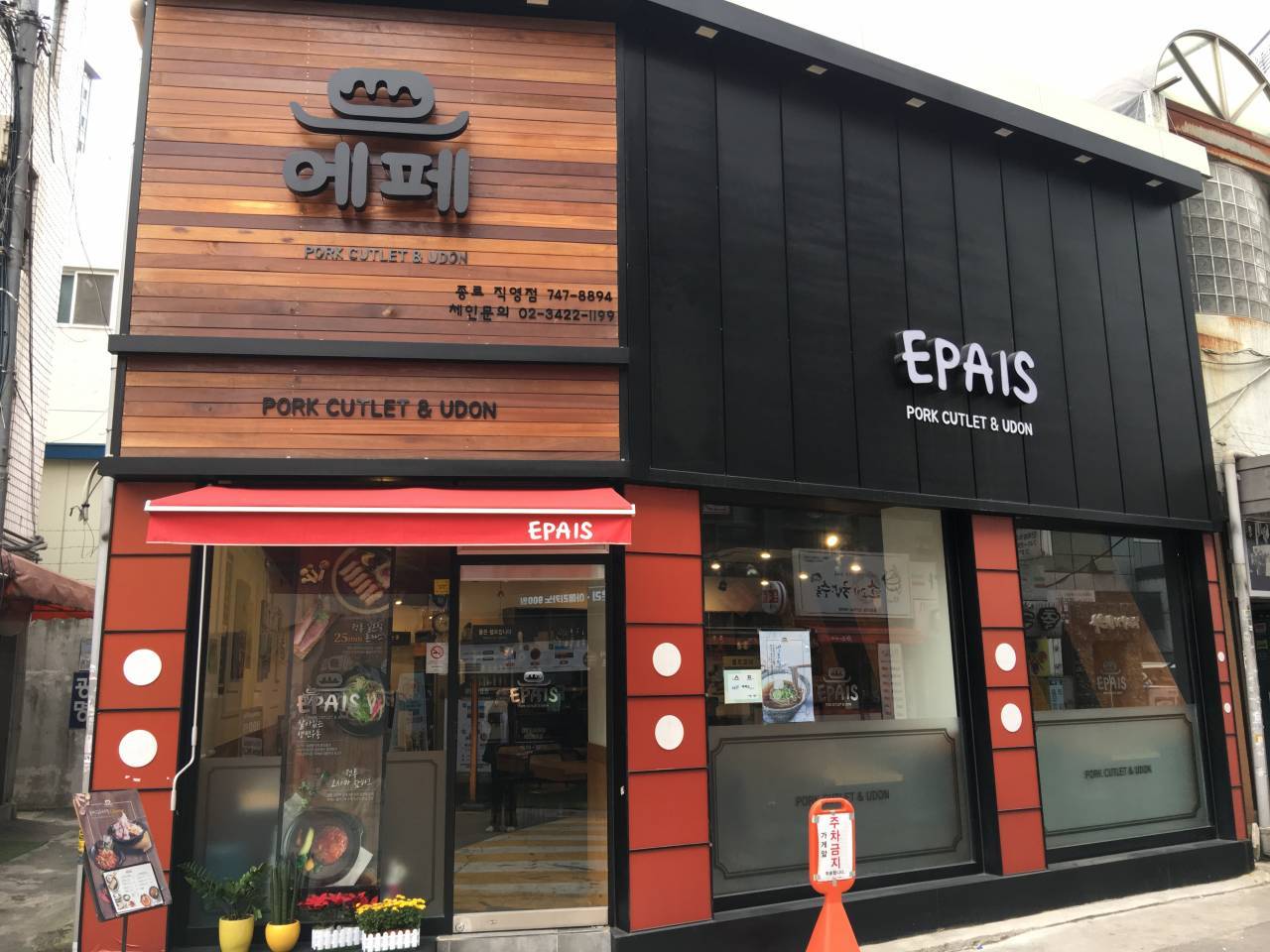

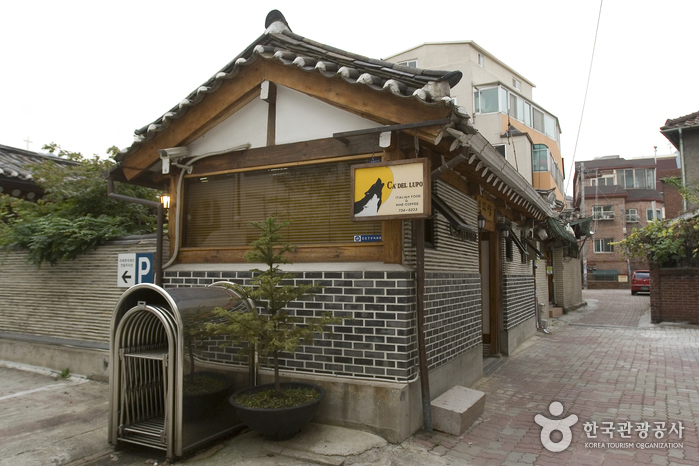
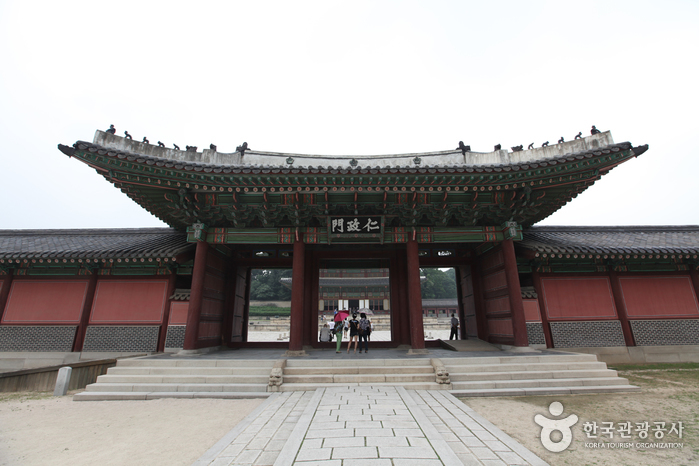
 English
English
 한국어
한국어 日本語
日本語 中文(简体)
中文(简体) Deutsch
Deutsch Français
Français Español
Español Русский
Русский